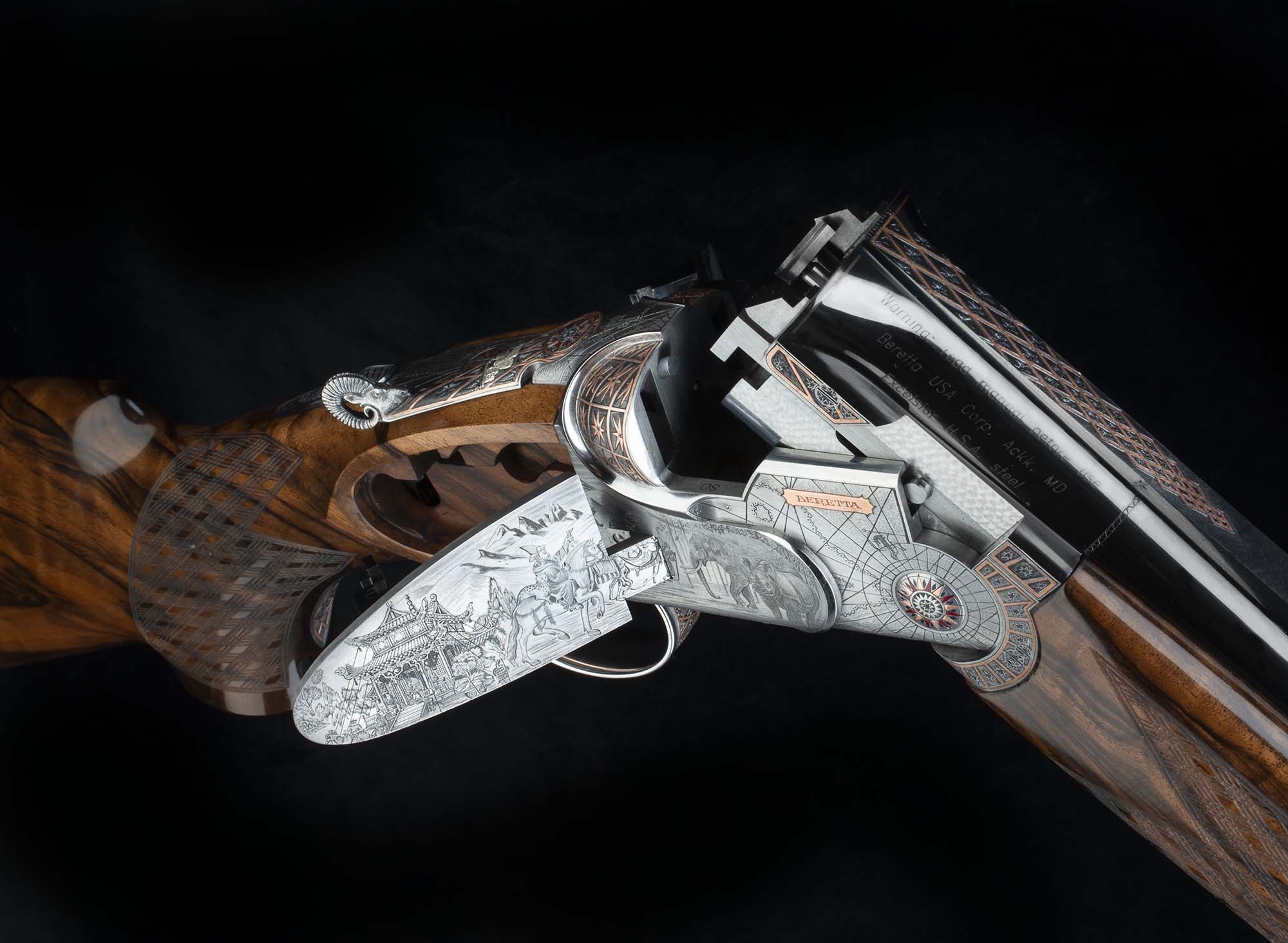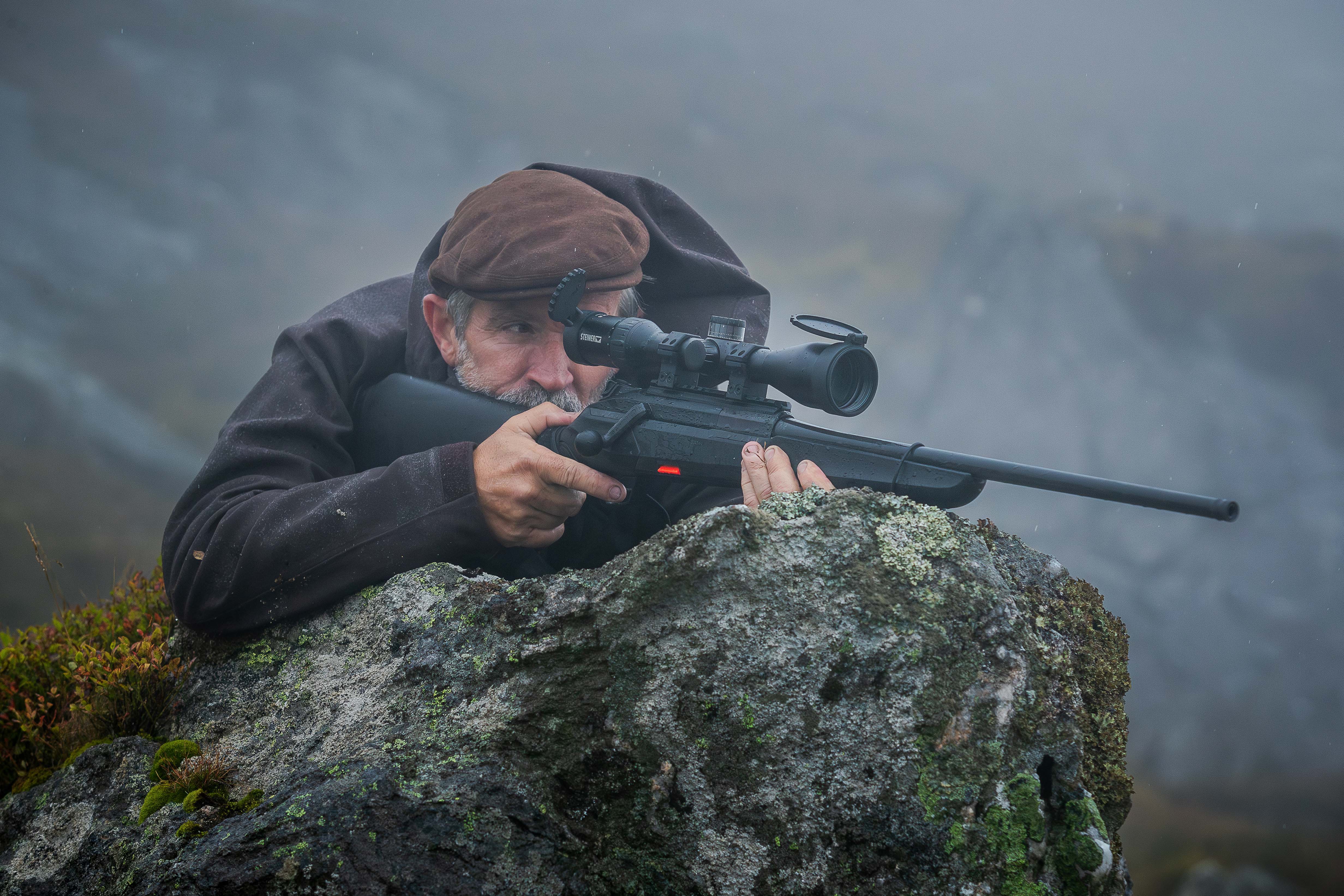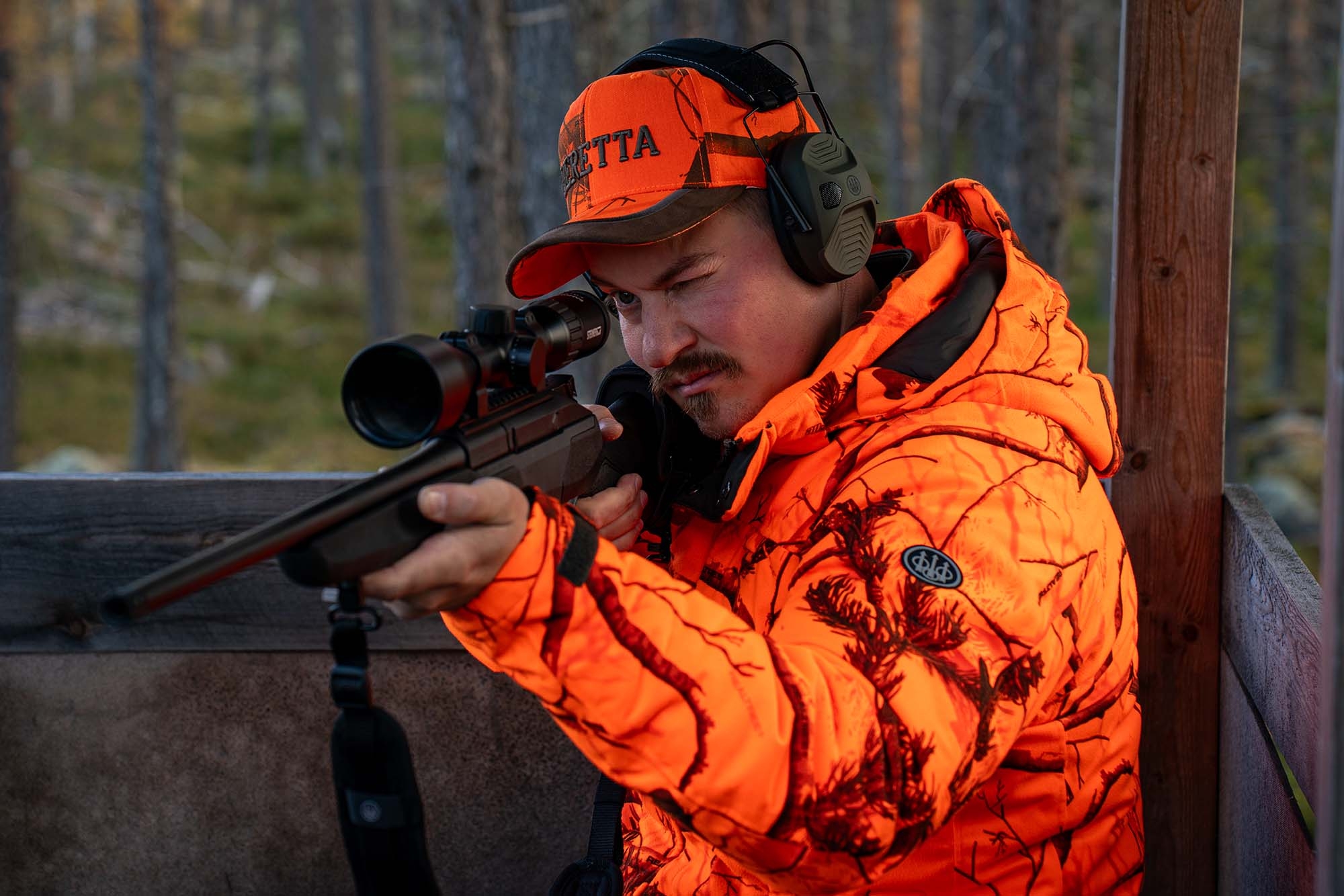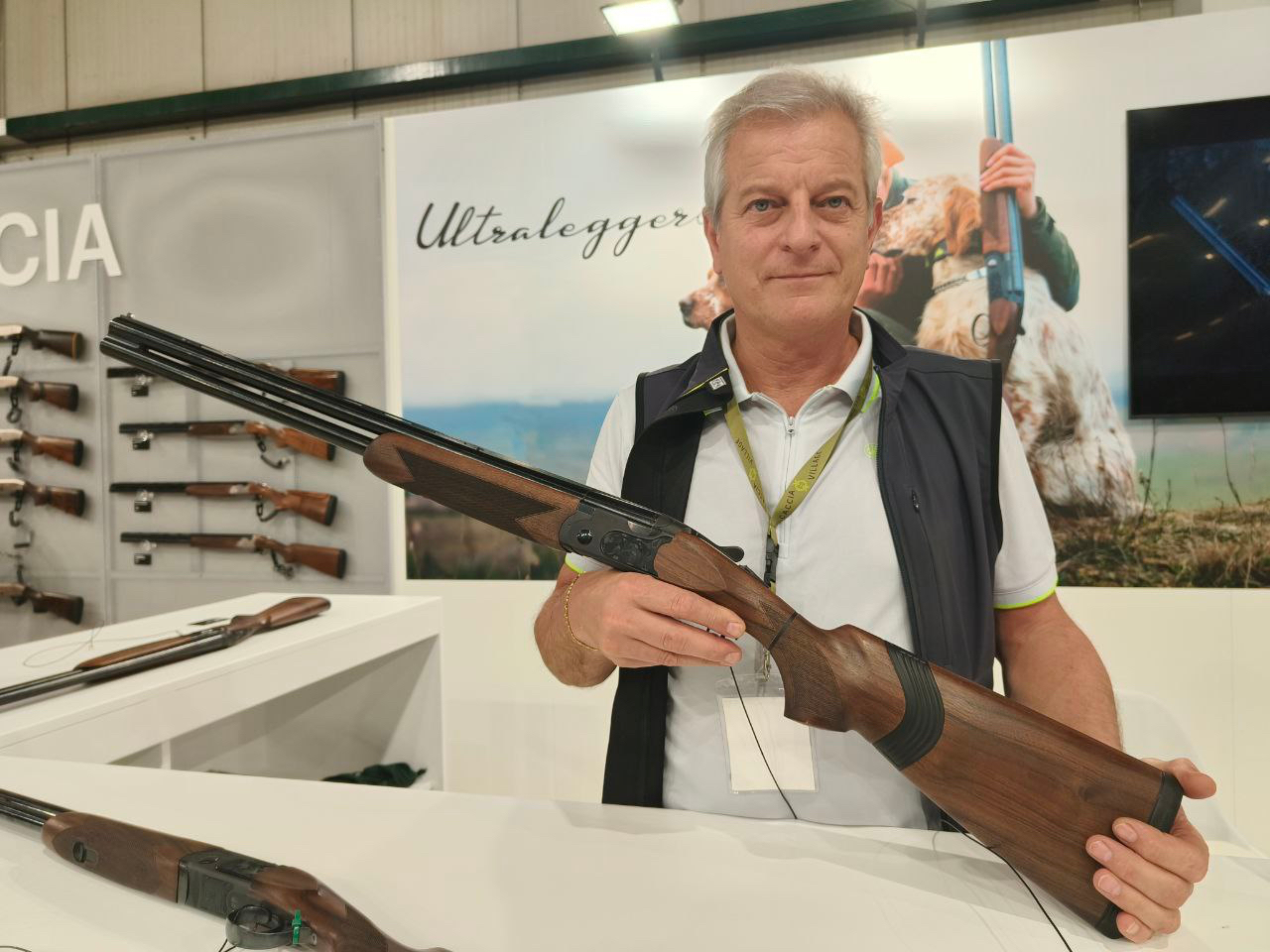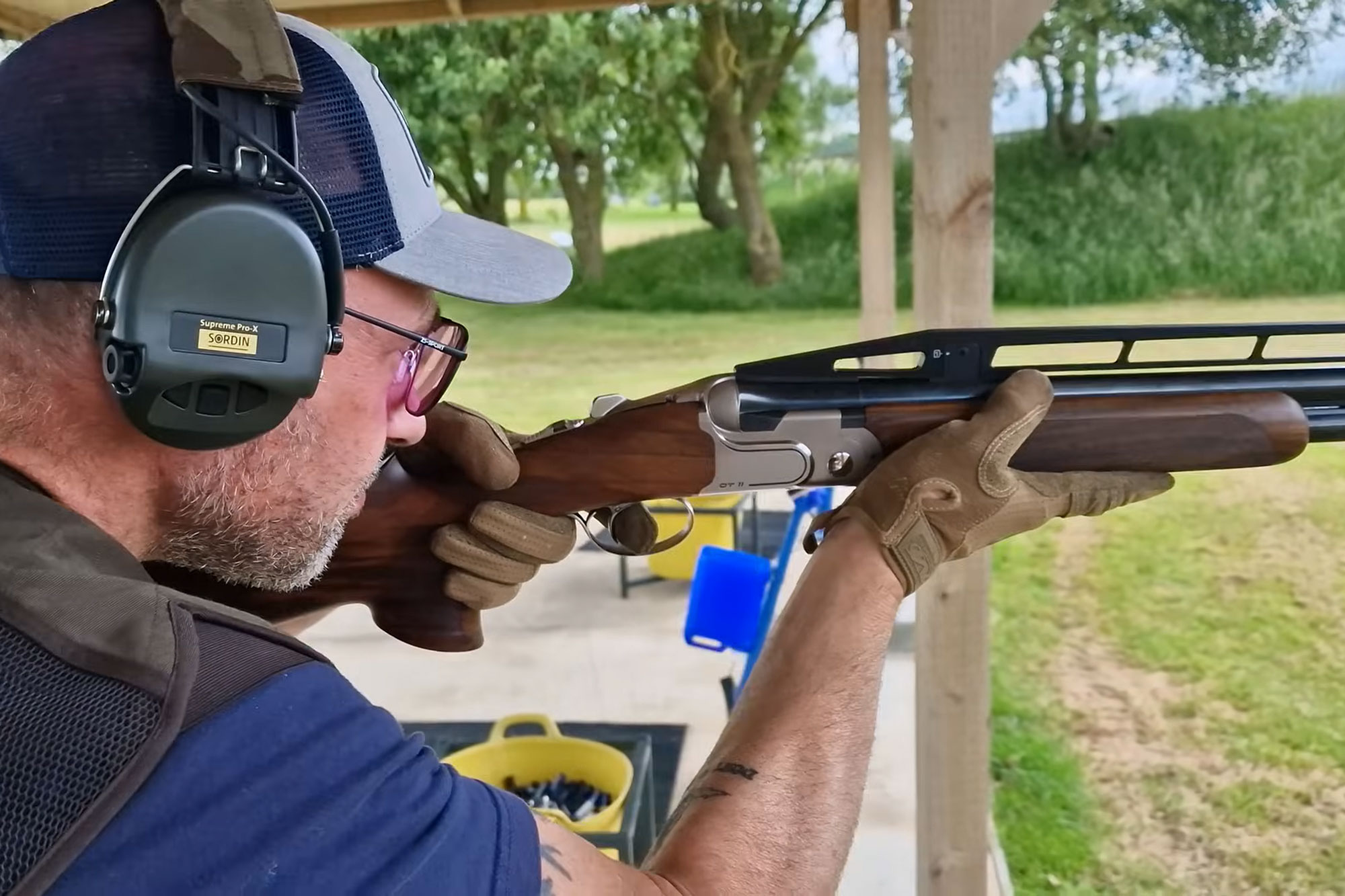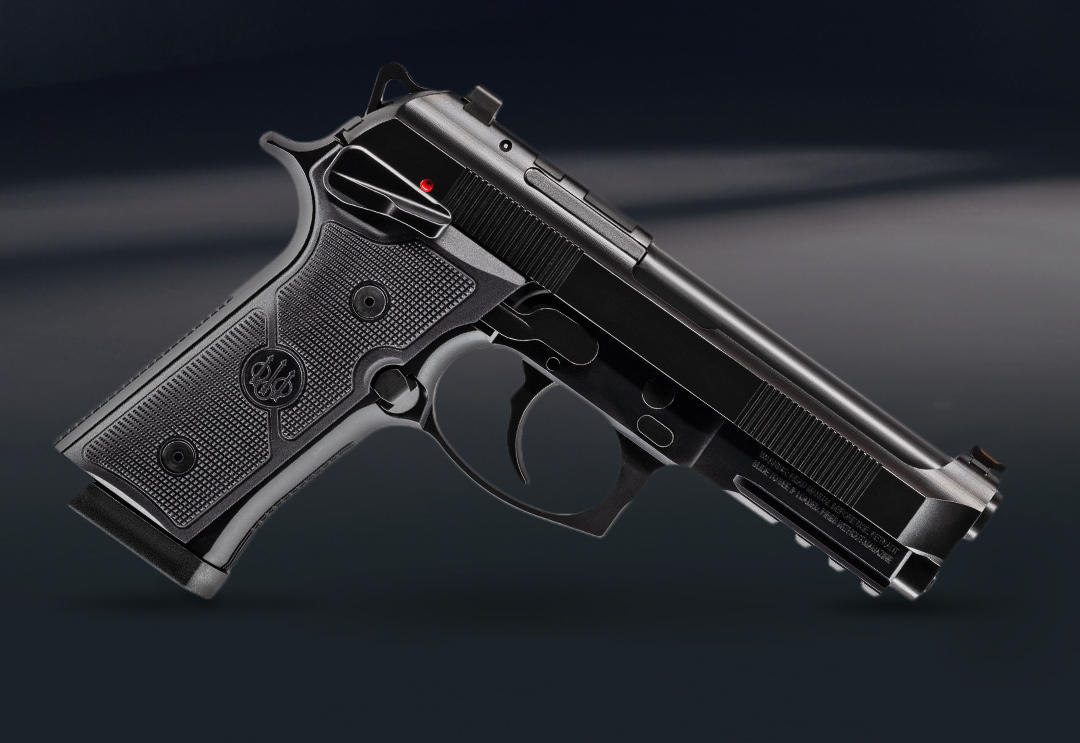It is well known that in current operating scenarios numerous military units, particularly those used in special high risk operations, i.e. asymmetric and low-profile warfare, are given a personal standard combat weapon, or equip themselves with different weapons, which are almost always non-issue and selected amongst those most commonly used by their “opposing forces” or enemies in the specific operations area.
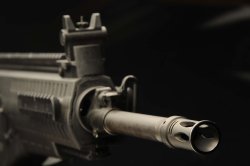
In particular, these include variations of the AK47/AKM Timofe'evich Mikhail Kalashnikov design and, to a lesser extent, Czechoslovak production Vz58 rifles that are often modified or custom fitted with aftermarket components. This is generally explained to the general public in terms of operational requirements: since it is easy to get involved in lengthy and intensive gunfights in the Middle East, troops must be allowed to use weapons and ammunition that are commonly used by enemy forces, so that they can be supplied on site in the unfortunate event that supplies are discontinued.
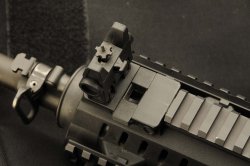
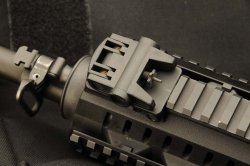
Those who are more experienced in military matters are, instead, well aware that this is little more than a “politically correct” explanation; military training discourages the use of full automatic fire in favor of semi-automatic accurate shooting, and given the nature of asymmetric conflicts, current war scenarios seldom see the occurrence of firefights that are so long and intense to lead to depletion of ammunition of a single operator, let alone a whole platoon.
Western forces operating in the Middle East are not usually attacked by overwhelming enemy forces (instead being subjected to usually hit-and-run attacks by smaller groups, who open fire on the survivors of a patrol following the explosion of an IED), nor do they remain isolated from the supply chain, the cover of artillery fire or operating range of support aircraft.
The reason that some very well selected special units equip themselves with non-issue weapons is, in fact, exclusively linked to the unconventional nature of their missions entrusted to them, which include hostile reconnaissance, selective elimination of sensitive targets and hostage rescue, and may require long “covered” stays behind enemy lines, with the consequent need to maintain secrecy regarding movements and not leave distinctive traces, such as NATO cartridge cases, when circumstances require an act of force.
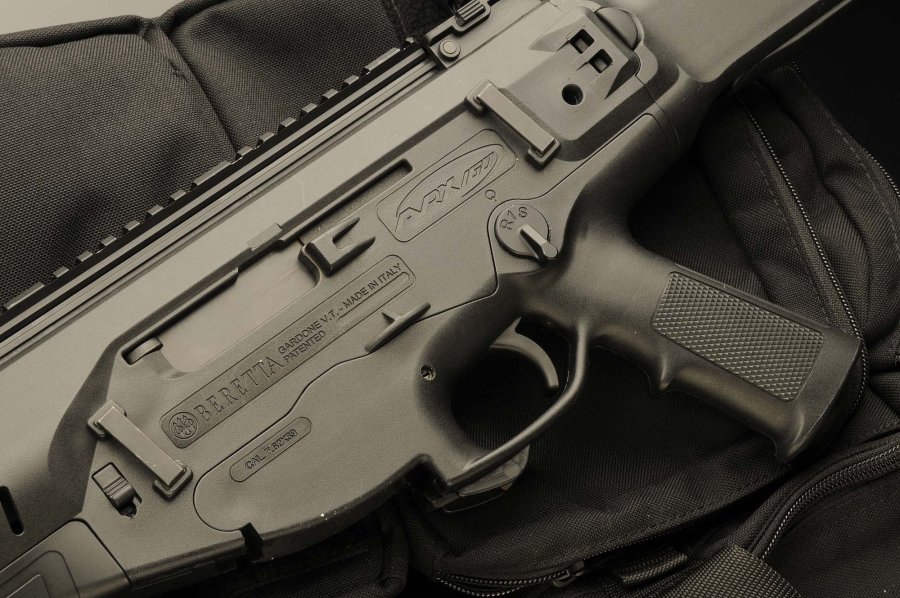
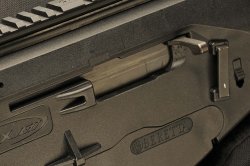
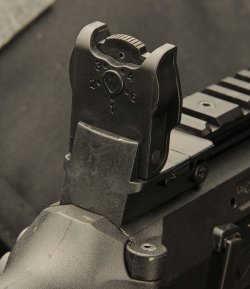
Nevertheless, the fact remains that bringing additional weapons, with thier munitions, represents a significant addition on the operator’s personal load; furthermore, even though these are modern and accessorized, these weapons almost always have unfavorable factors: these are old models, both in conception and in operational life.
In recent times, the gun making industry has tried to solve this problem with technical solutions that enable the use of magazines and ammunition captured from the enemy on the provided platform. In this case, the Knights Armaments KAC-SR47 should be mentioned.
This rifle was commissioned by USSOCOM and only seven were made, six of which are currently used on the field by SEAL units. Later on, both civilian and military systems appeared; i.e. the Hydra system, proposed by the U.S. company MGI for the M16/M4 platform, which allows for rapid conversion of the caliber from the 5.56x 45mm NATO standard to a panoply of others, and, thus the operator only needs to have the components needed to apply the on-field changes at hand.
Similar kits for rapid caliber conversion are already available for other modern platforms, such as the Bushmaster/Remington ACR (Magpul “Masada”) assault rifle and the Czech CZ-805 BREN/A1.
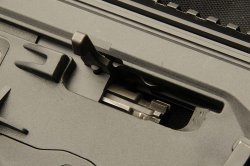
A similar occasion was “missed” by FN when the company decided to put aside plans for the convertibility of the SCAR weapon system from 5.56 mm and 7.62x51mm NATO caliber-base to others; some analysts say this would be one of the reasons behind the recent decision of USSOCOM, the Joint Command for U.S. Special Operations, to put into perspective regulations for the “Light” version of the system.
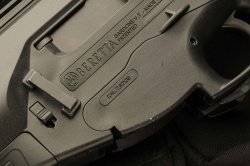
Now, international purchasers who will also opt to use the innovative Beretta ARX-160 modular assault rifle launched a couple of years ago by the Italian company, and considered to be among the best individual weapon systems on the market, will have the opportunity to adapt the platform by using the standard NATO 5.56x45mm cartridge that is chambered in the former Soviet caliber 7.62x39mm M43, which is the most commonly found in current African, Middle Eastern and Asian operational theaters, and uses the Kalasnikov AKM rifleʼs curved metal magazines.
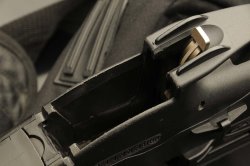
Although Beretta offers its customers the possibility to purchase a 7.62x39mm factory chambered rifle (Azerbaijan and, it seems, Albania have already made such chambers regulation), at the beginning of 2012, the great Gardonese company started producing and distributing a conversion kit for the already existing ARX-160, in order to enhance modularity and versatility.
The conversion can be easily carried out at the armory, by the platoon leader or on the field.
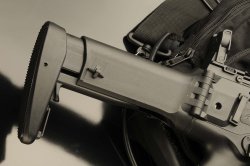
The 7.62x39mm ARX-160, which can be either factory delivered as a complete rifle or as a kit to convert existing guns, is dimensionally identical to the 5.56 mm standard version. However, differences lie in some fundamental interchangeable components that can be stored in the armory or transported on the field, on board VTTs, when not installed.
The specially designed and dimensioned polymer structure of the base model ARX-160's, allows for immediate changes, without any kind of structural modfications or any factory adjusting to the system. This type of modularity was already announced at the time of its launch.
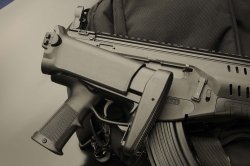
To analyze the conversion system we have to start with some legal regulations on individual weapons, especially national U.S. regulations, both at a domestic level and with regard to exports (ITAR – International Trade in Arms Regulations).
The ITAR regulations affect the global gun making industry, both military and civilian, because any company within the sector that wants to trade with the USA must completely or partially comply with them.
According to the ITAR regulations, the weapon itself is not constituted by the totality of the instrument, but from that specific part on which the serial number is found.
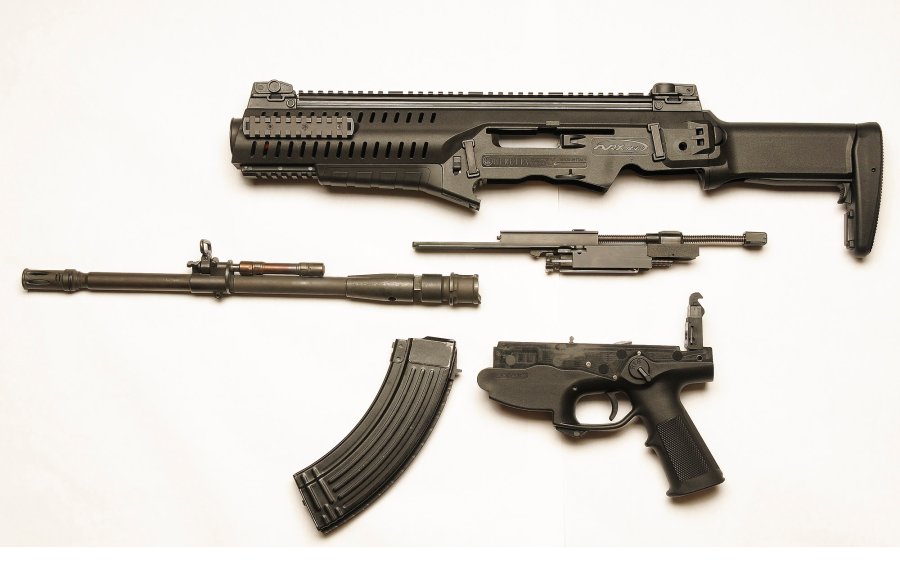
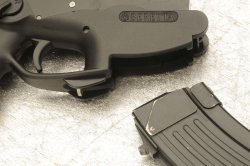
In most cases, in particular for civilian weapons but also most military individual weapons, this is the lower receiver. Any changes that, due to the caliber conversion or other, affect that specific part are subject to restrictions.
In fact, this is why the majority of Made in USA changes leave the lower receiver intact but affect the upper receiver when converting the caliber; this means that it is not always possible to use the original magazines of AK type weapons when changing the 7.62x39mm caliber of other systems, unless the conversion does not include the change of the magazine well, which however, in this case is not integral to the lower but to the upper receiver (as is the case for the ACR or Colt CM-901 system).
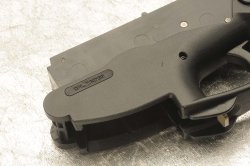
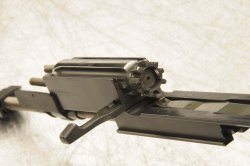
The solution chosen by Beretta consists of permanently engraving the serial number on the metal frame embedded in the polymer of the ARX-160ʼs upper receiver, which, on the basis of the standard, will become the “weapon” to all effects.
This way, changes to the lower receiver needed to use the Kalashnikov magazines can be carried out, and in the case of the conversion of the ARX-160, it is not a change, but a full replacement of the lower receiver (including the entire trigger package) with a new one, integrating a magazine well that is completely redesigned for this purpose, devoid of side buttons for the drop-free magazine release, replaced by a single precision-cast (micro fusion) metal lever, located under the trigger guard; the new lower receiver also lacks the hold-open command, since AK type magazines do not enable the bolt to lock back on the last round shot, but, for the rest, it is ergonomically identical to its counterpart using NATO magazines and chambered for the 5.56 round.
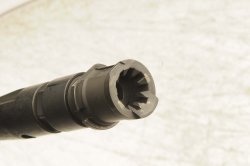
The remaining changes include the replacement of components housed in the upper receiver; as already mentioned, the replacement of these parts do not require modifications of the structure of the polymer upper receiver, which is already sufficiently large, and could be considered “universal”, and, thus, more than adequate for this purpose.
These components are the barrel, scaled to the ex-Soviet caliber, and the entire bolt and bolt carrier assembly, which is appropriately redesigned.
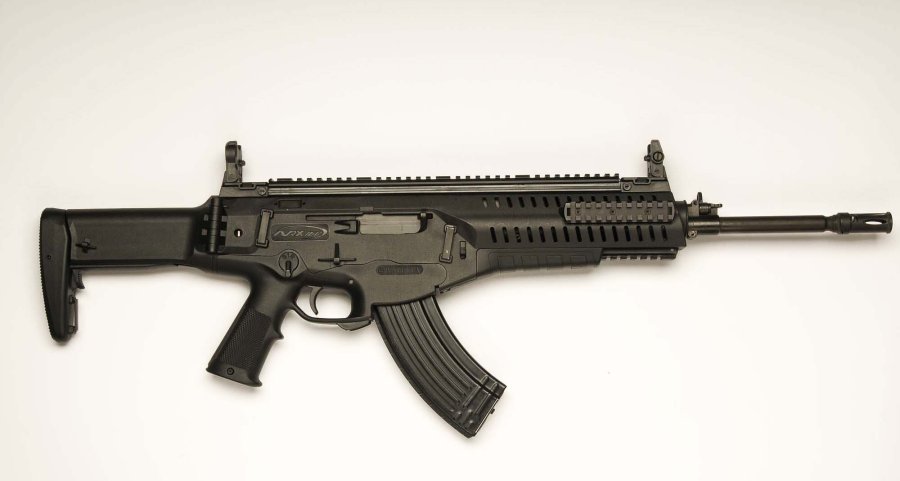
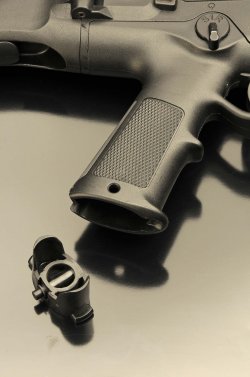
Obviously, the technical specs remain virtually the same as the NATO caliber weapon in terms of the operating system, with the proprietary “medium-stroke” piston, the option to quickly replace the barrel with another barrel of a different length, and the double extractor/ejector system that enables, through a cross bar found near the hinge of the folding butt pad, to reverse the expulsion of the cartridge cases from the right to left side.
The ARX-160 7.62x39mm caliber barrel, available in the classic lengths from twelve to sixteen inches, is of the “heavy” type, with right hand 1:12 rifling, made with the same materials and the same manufacturing process as its “sister” NATO caliber, and like it, equipped with a birdcage (long version) or elongated cylindrical (short version) flash suppressor with vents only on the upper part, acting effectively as a muzzle rise compensator.
The ARX-160ʼs 7.62x39mm caliber version has proved to be an excellent product, with a degree of precision and reliability in shooting superior to its most direct counterparts in the field of western weapon conversions.
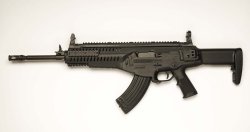
A careful study of the tolerances has allowed to maintain a constant level of performance with the use of any ammunition, from the finest and most accurate commercial loadings available today on the western professional and civilian markets to the most dilapidated lots of military surplus from the Warsaw Pact still found on the black market and in country; from this point of view, a fundamental role is played by the regulation system of gas spillage normally present on the Beretta gun, which allows the weapon to virtually “digest” everything.
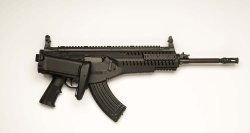
It is our opinion that today buyers of the Beretta ARX-160, which can include “Western”, South American or Central Asian countries, may equip themself with a tool able to offer the best performance and allow the operator to use the most classic “iron curtain” ammunition; this is particularly significant for those special units that must use it in covered operations or for those countries that, formerly equipped with Kalashnikov weapons, want to pass over to the more reliable modularity of modern European military weapons without having to renounce to the ballistic performances and “anonymity” of the 7.62 mm M43 cartridge, that, especially with the right loading, is still a very effective ammunition on the battlefield.





